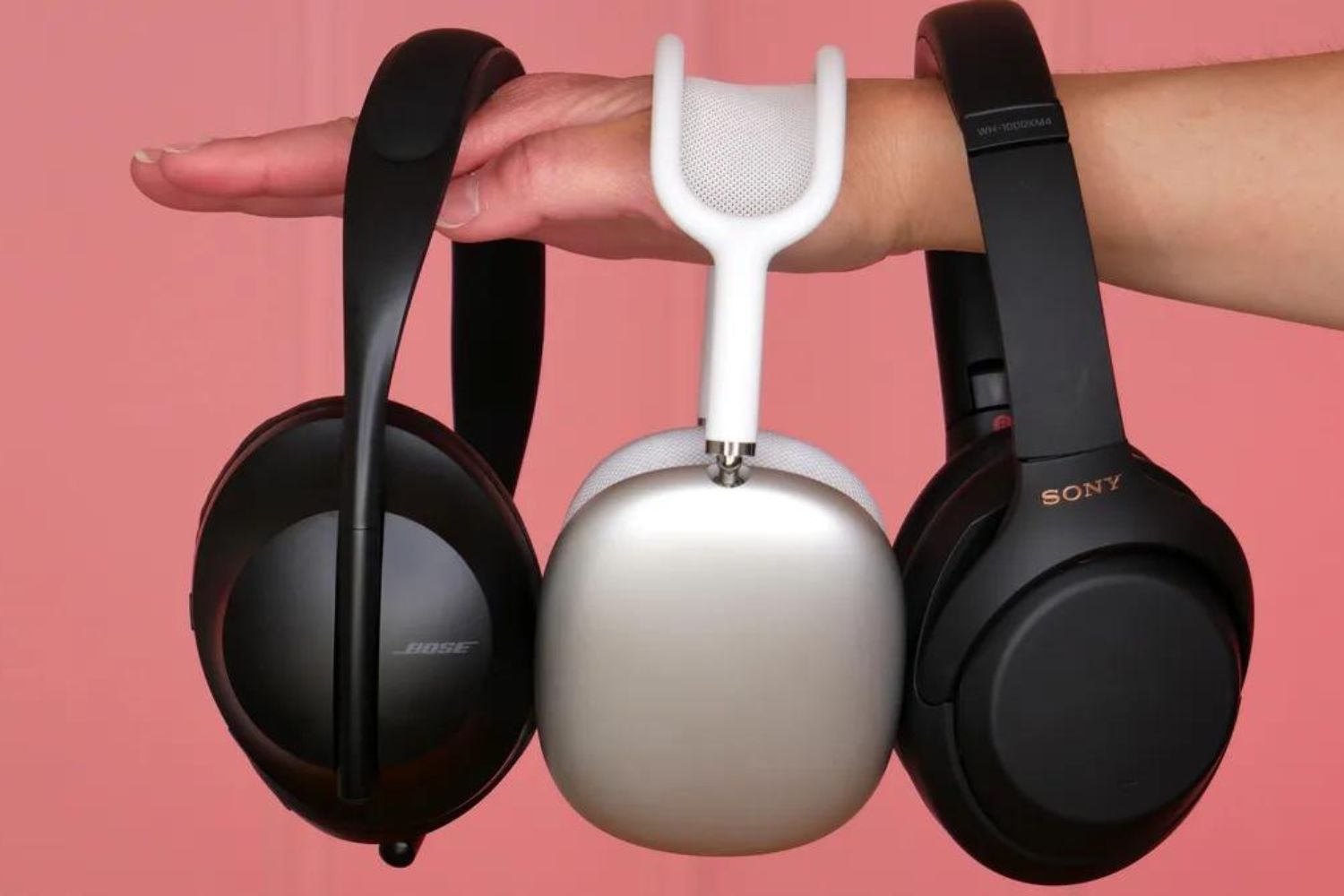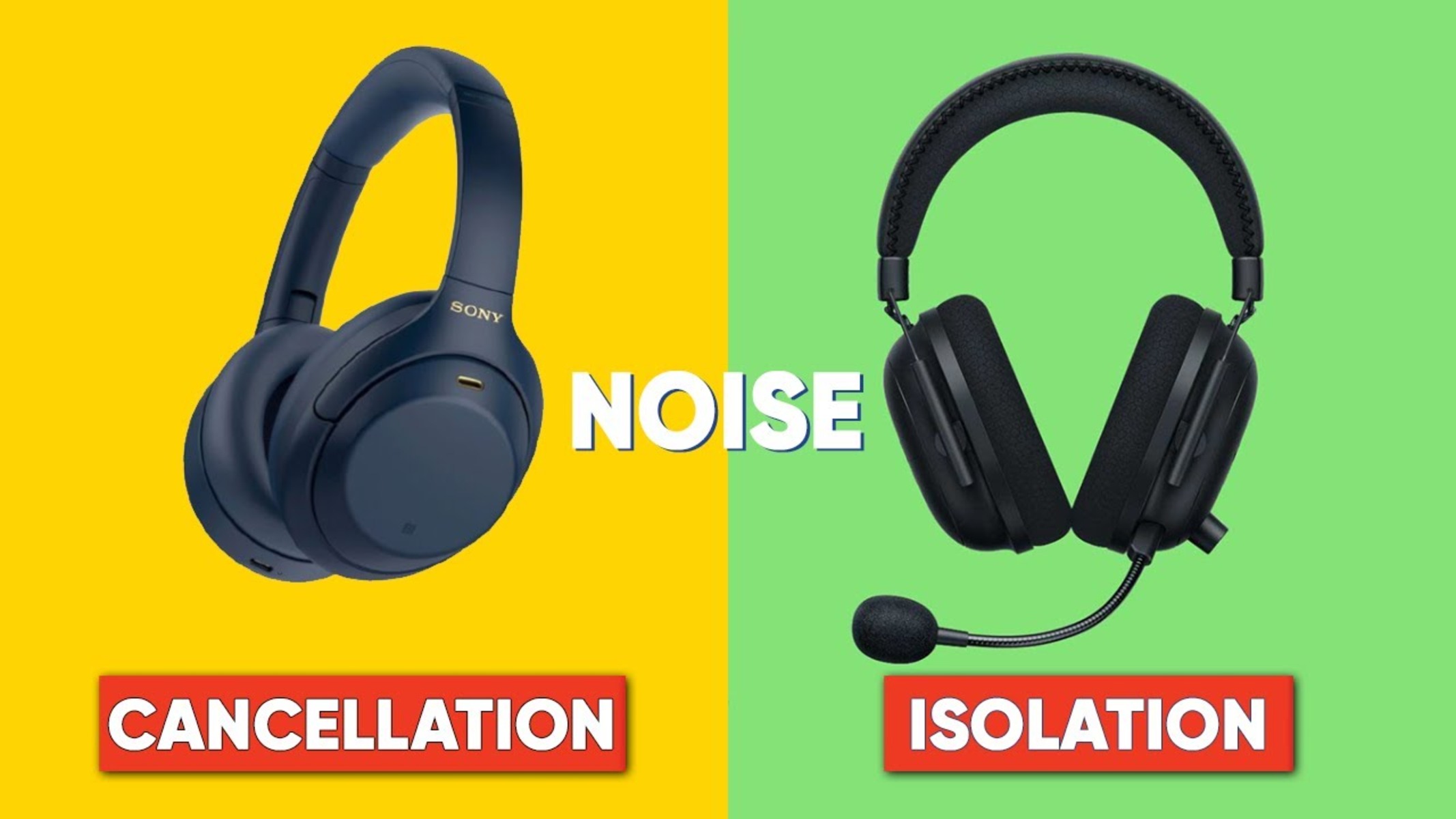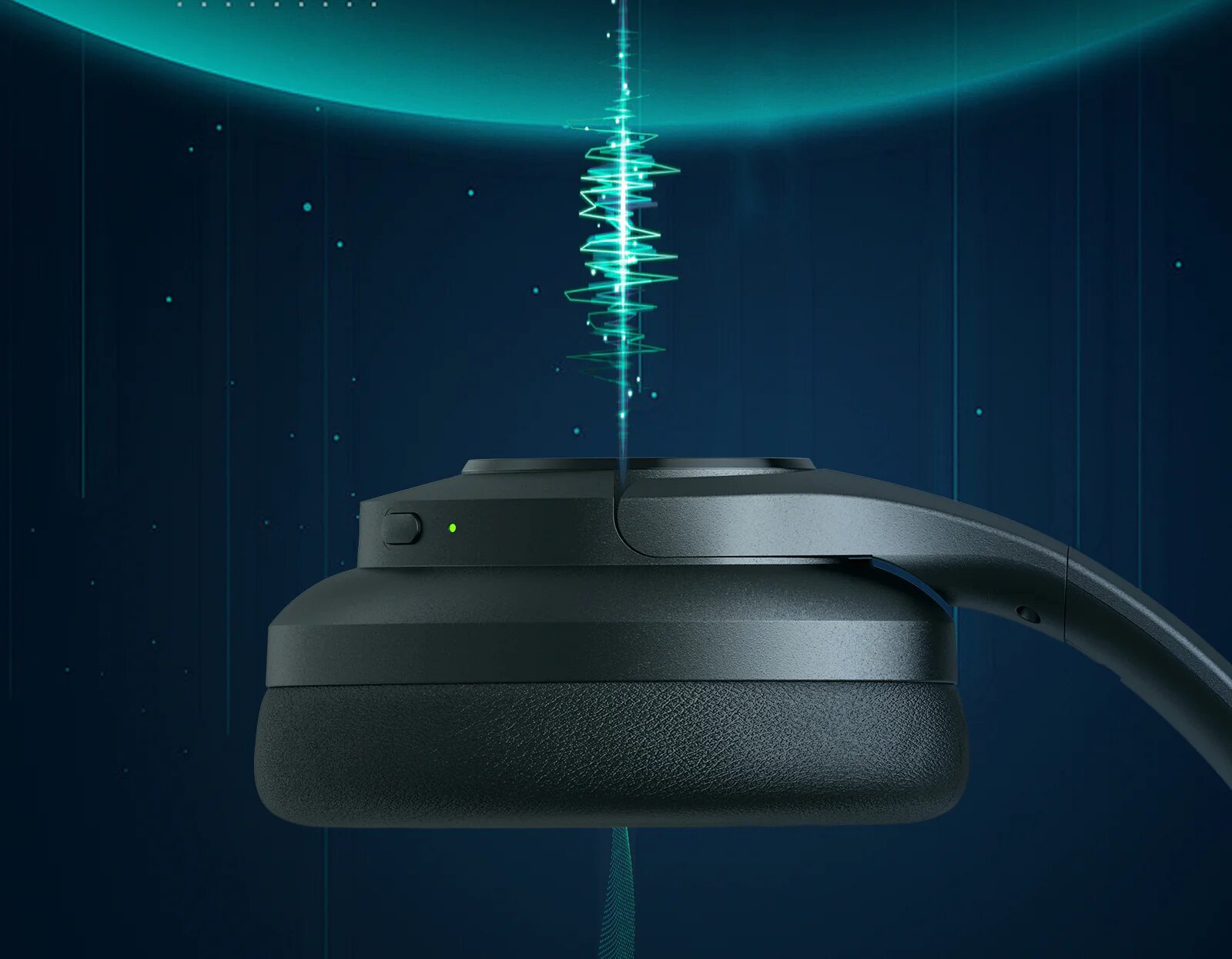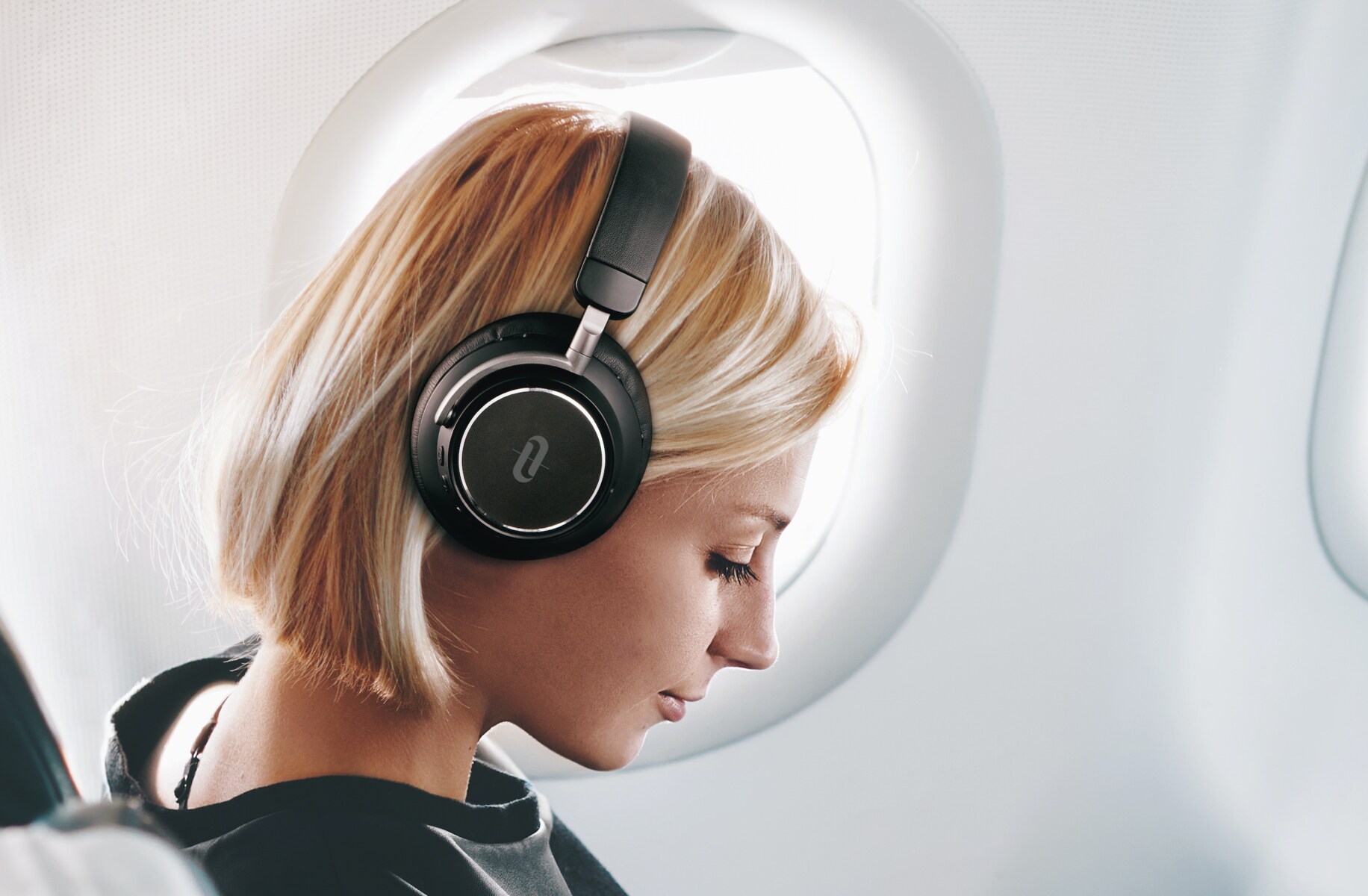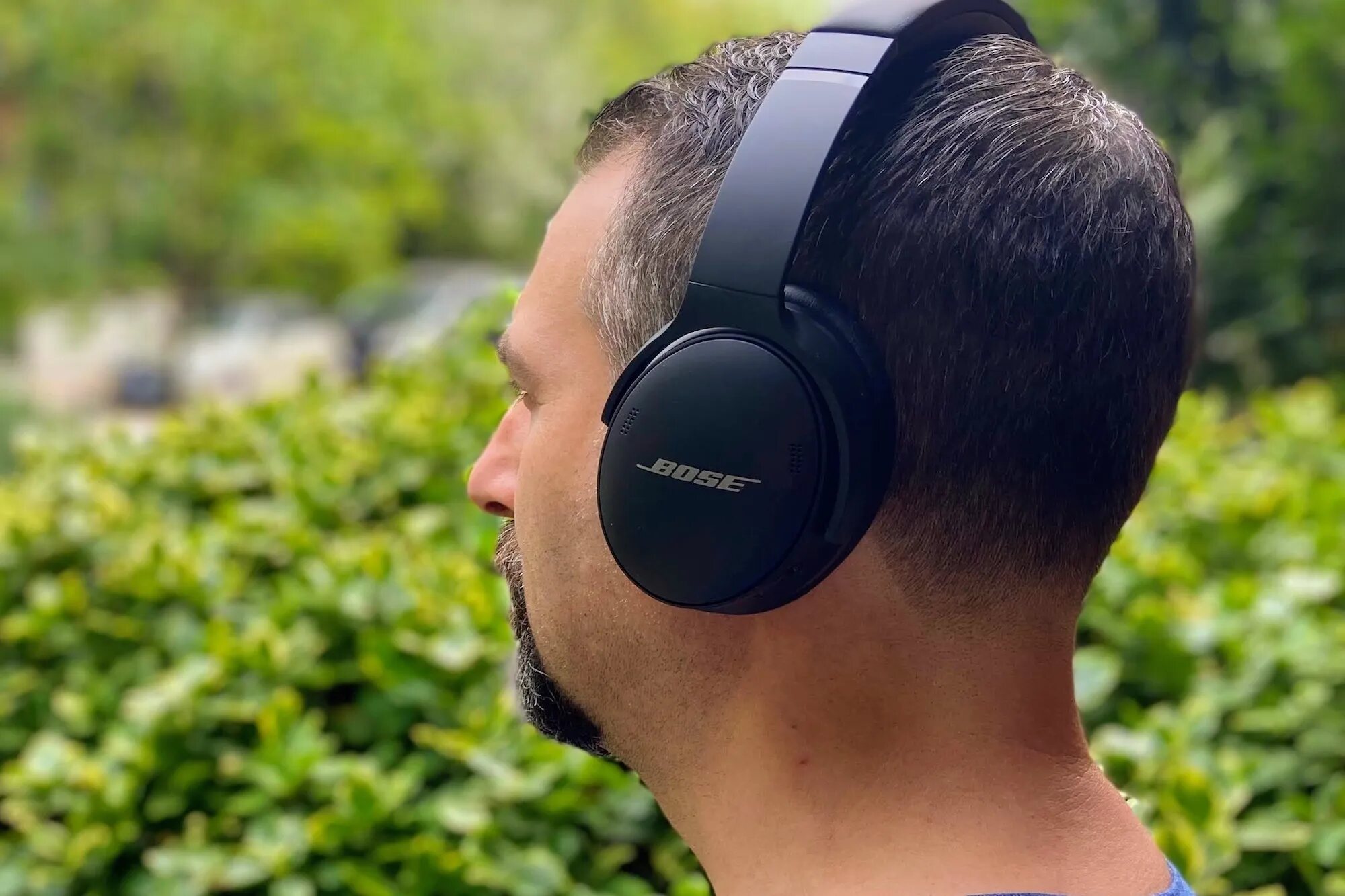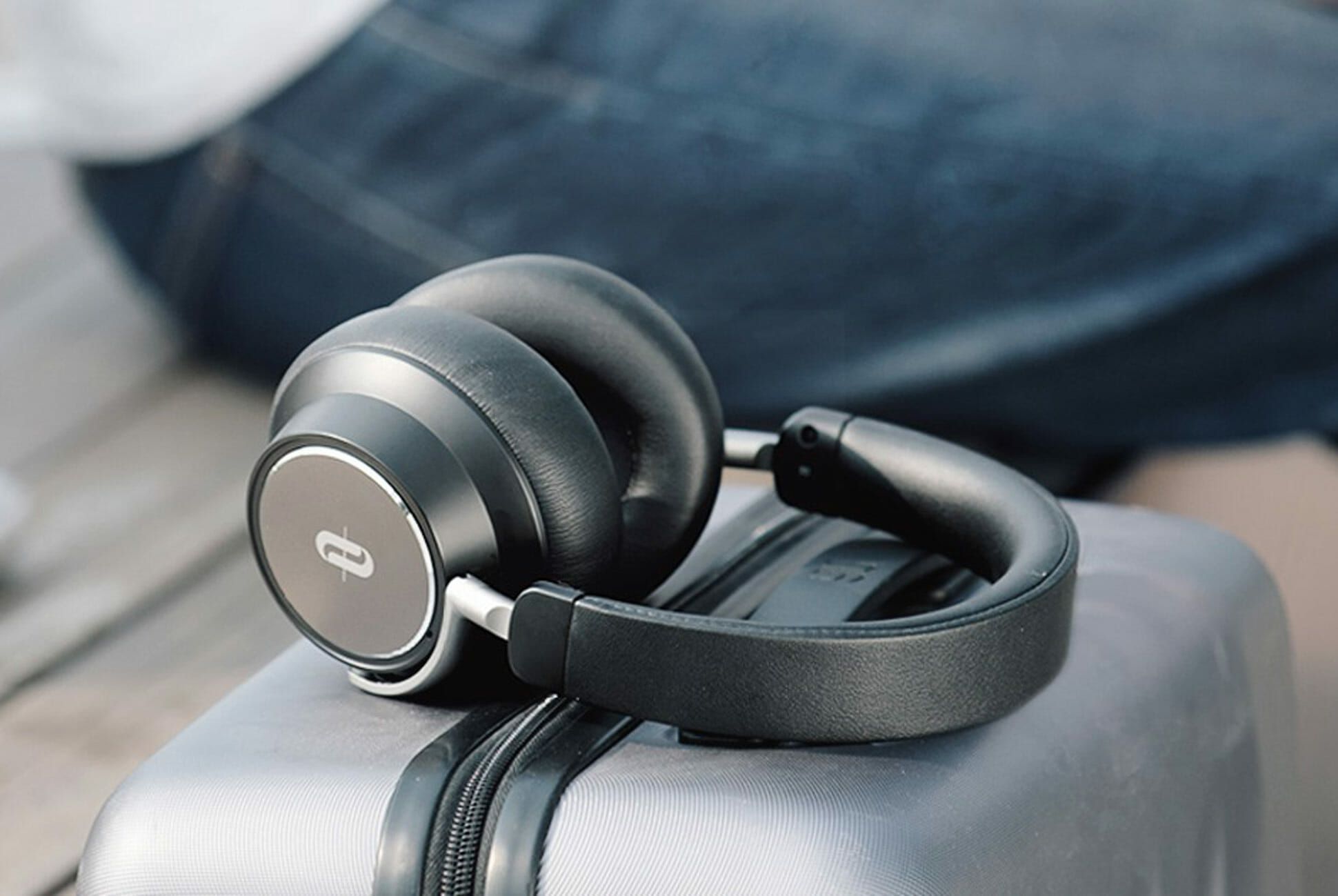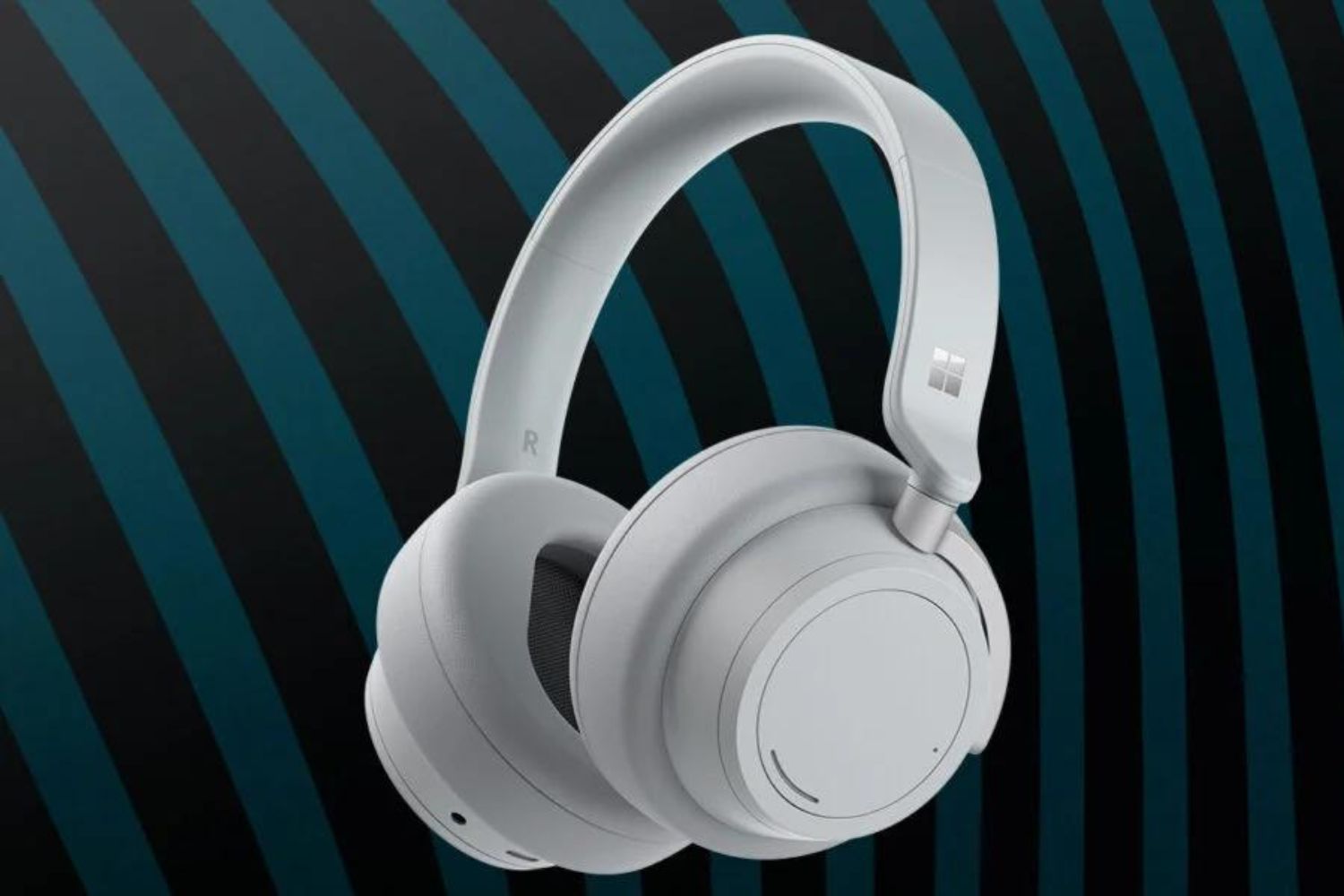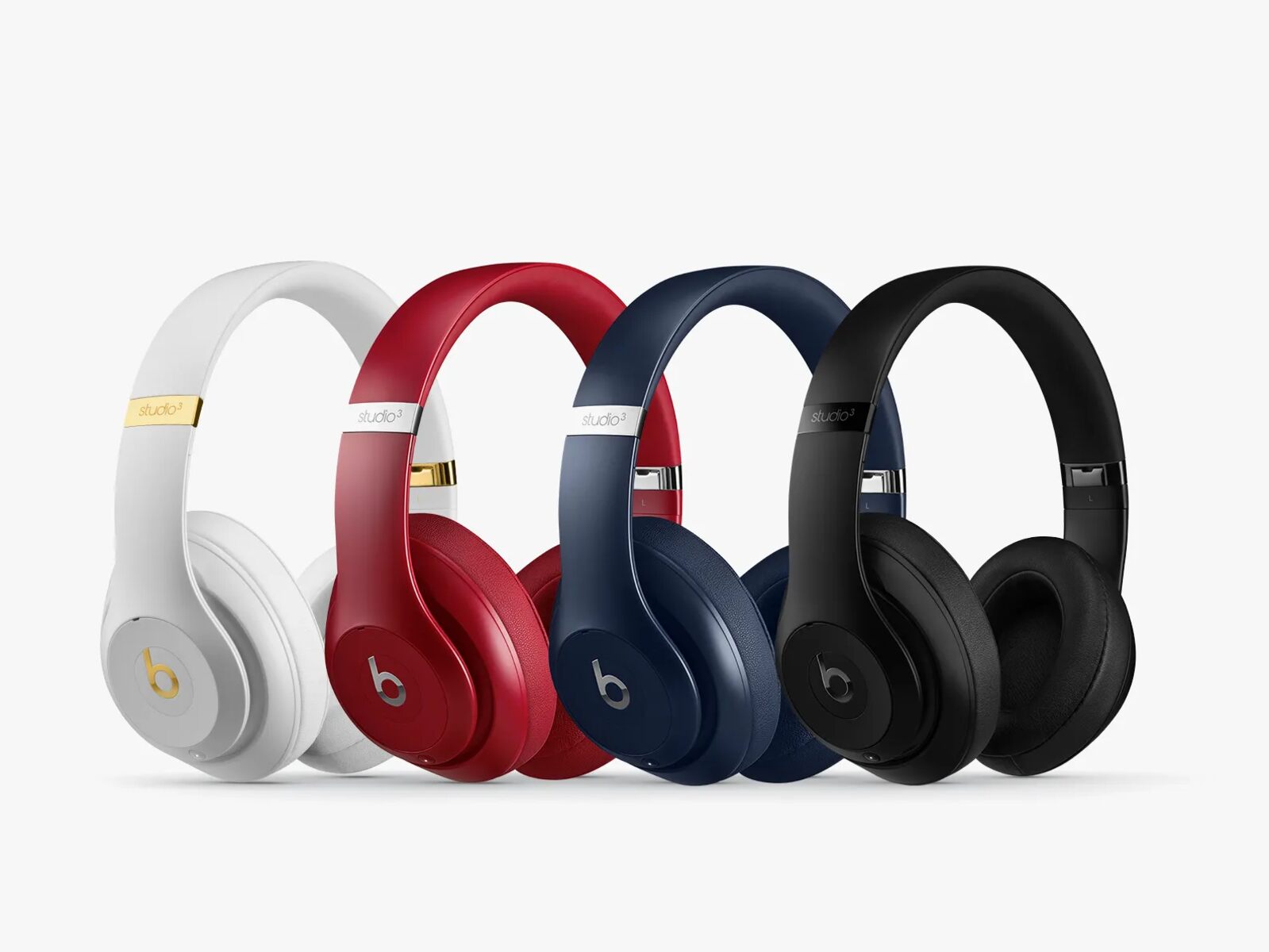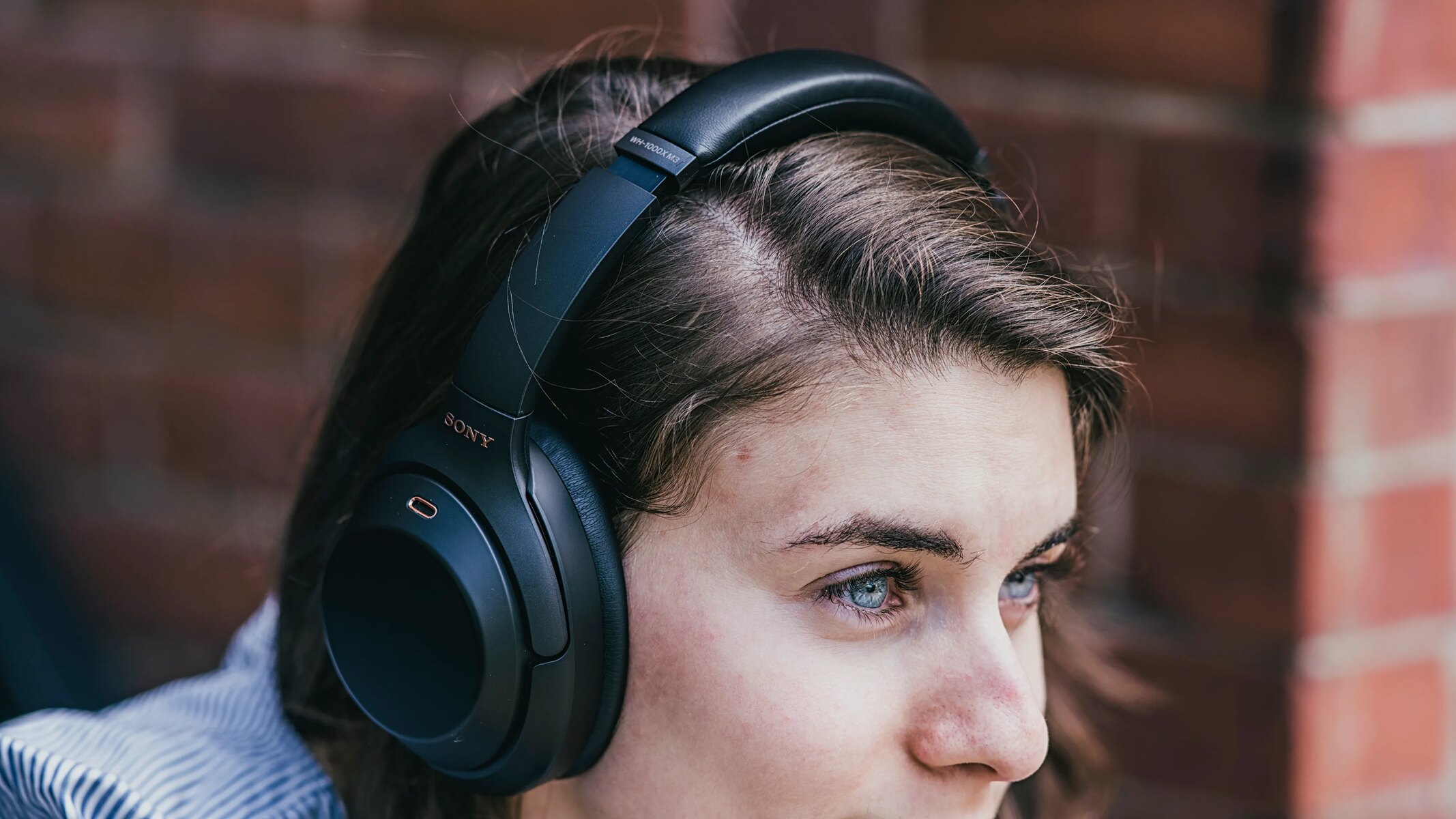Introduction
Understanding the Nuances of Noise Isolation and Noise Cancelling Headphones
When it comes to enjoying audio in a bustling environment, the choice of headphones can significantly impact the overall experience. With the market inundated with various types of headphones, it's crucial to discern the disparities between noise isolation and noise cancelling technologies. Both options aim to enhance the auditory experience by minimizing external disturbances, yet they achieve this in distinct ways.
Whether you're a music enthusiast, a frequent traveler, or someone who simply craves tranquility in a cacophonous world, comprehending the differences between noise isolation and noise cancelling headphones is pivotal. This article delves into the intricacies of these two technologies, shedding light on their mechanisms, advantages, and drawbacks. By the end, you'll be equipped with the knowledge to make an informed decision based on your unique needs and preferences. Let's embark on this auditory exploration to unravel the mysteries of noise isolation and noise cancelling headphones.
What are Noise Isolation Headphones?
Noise isolation headphones, also known as passive noise-cancelling headphones, are designed to diminish ambient sounds by creating a physical barrier between the ear and the external environment. These headphones utilize the structure of ear cups and ear tips to block out external noise, thereby enhancing the clarity and richness of the audio being played.
Unlike active noise cancelling headphones, which rely on electronic circuitry to counteract external noise, noise isolation headphones work through their physical design. By forming a tight seal around the ears, they prevent ambient sounds from reaching the ear canal, effectively isolating the listener from the surrounding din.
One of the key features of noise isolation headphones is their ability to reduce high-frequency noises, such as the hum of an airplane engine, the clatter of a train, or the chatter of a bustling café. This makes them particularly well-suited for individuals seeking a more immersive and undisturbed listening experience in noisy environments.
These headphones are available in various designs, including in-ear, on-ear, and over-ear models, catering to diverse preferences and comfort levels. While in-ear models offer portability and snug fits, over-ear variants provide superior noise isolation due to their larger ear cups and cushioning.
Overall, noise isolation headphones serve as a practical and cost-effective solution for individuals who wish to enjoy their audio content without the intrusion of external sounds. Their straightforward design and effectiveness in attenuating ambient noise make them a popular choice for music enthusiasts, commuters, and anyone seeking a refuge from the clamor of the outside world.
How do Noise Isolation Headphones Work?
Noise isolation headphones operate on a simple yet effective principle: creating a physical barrier to impede the transmission of external sounds to the listener’s ears. This is achieved through the strategic design of the headphones, which aims to seal the ear canal and minimize the ingress of ambient noise.
One of the primary components contributing to the efficacy of noise isolation headphones is the ear tips or ear cups. In in-ear models, the ear tips are crafted from soft, pliable materials that conform to the shape of the ear canal, forming a snug seal. This seal prevents external sounds from penetrating the ear, thereby isolating the listener from the surrounding clamor. On the other hand, over-ear models utilize cushioned ear cups that encase the entire ear, creating a physical barrier against external noise.
The effectiveness of noise isolation headphones in attenuating ambient sounds, particularly high-frequency noises, is attributed to their ability to impede the transmission of sound waves. As external sounds encounter the ear cups or ear tips, they are either absorbed or deflected, preventing them from reaching the listener’s ears at full intensity.
Furthermore, the design of noise isolation headphones also plays a crucial role in minimizing sound leakage. By preventing audio from escaping and ambient noise from infiltrating, these headphones foster an immersive listening experience, allowing the user to delve into their preferred audio content without the disruptions of the external environment.
While noise isolation headphones excel in blocking out persistent ambient noises, they may not completely eliminate low-frequency sounds, such as the rumble of engines or the hum of air conditioning units. However, their ability to significantly reduce high-frequency disturbances makes them a valuable asset for individuals seeking a sanctuary from the cacophony of daily life.
In essence, noise isolation headphones function as a shield against external noise, leveraging their physical design to create a cocoon of tranquility for the listener, thereby enhancing the enjoyment of audio content in various environments.
Pros and Cons of Noise Isolation Headphones
Noise isolation headphones offer a myriad of advantages and drawbacks, each influencing the user experience in distinct ways.
Pros:
- Cost-Effective: Noise isolation headphones are often more budget-friendly than their noise cancelling counterparts, making them an accessible option for individuals seeking to enhance their audio experience without breaking the bank.
- Passive Design: As they do not rely on electronic circuitry, noise isolation headphones do not require batteries or charging, ensuring uninterrupted usage and convenience.
- Effective for High-Frequency Noise: These headphones excel in attenuating high-frequency ambient sounds, such as the whir of airplane engines, the clatter of keyboards, or the chatter of crowds, providing a more immersive listening experience in bustling environments.
- Variety of Designs: Noise isolation headphones are available in diverse designs, including in-ear, on-ear, and over-ear models, catering to individual preferences for comfort and portability.
Cons:
- Limited Low-Frequency Noise Reduction: While effective against high-frequency noises, noise isolation headphones may not completely eliminate low-frequency sounds, such as the rumble of engines or the hum of air conditioning units, which can diminish their efficacy in certain environments.
- Less Effective in Dynamic Environments: In rapidly changing or unpredictable noise environments, such as on a bustling street or during a commute, noise isolation headphones may struggle to provide consistent isolation, impacting the overall listening experience.
- Physical Discomfort for Some Users: The snug seal created by noise isolation headphones, particularly in in-ear models, may cause discomfort for some users, especially during extended wear.
By weighing these pros and cons, individuals can make an informed decision regarding the suitability of noise isolation headphones for their specific needs and preferences.
What are Noise Cancelling Headphones?
Noise cancelling headphones, also known as active noise-cancelling headphones, are designed to diminish ambient sounds by employing advanced technology to counteract external noise. Unlike noise isolation headphones, which create a physical barrier to block out sound, noise cancelling headphones utilize electronic circuitry and sophisticated algorithms to analyze and neutralize incoming noise, thereby enhancing the clarity and purity of the audio being played.
These headphones are equipped with tiny microphones that detect ambient sounds and generate anti-noise signals to cancel out the incoming noise. By producing sound waves that are the exact opposite of the ambient noise, the headphones effectively neutralize the disruptive sounds, creating a cocoon of tranquility for the listener.
One of the distinguishing features of noise cancelling headphones is their ability to mitigate both low-frequency and high-frequency ambient noises. This makes them particularly effective in environments with persistent droning sounds, such as airplane cabins, train compartments, or bustling offices, where traditional headphones may struggle to provide adequate isolation.
Noise cancelling headphones are available in various designs, including in-ear, on-ear, and over-ear models, catering to diverse preferences for comfort and portability. The integration of advanced noise-cancelling technology into these different designs allows users to enjoy an immersive audio experience while minimizing the intrusion of external disturbances.
Overall, noise cancelling headphones represent a cutting-edge solution for individuals seeking to immerse themselves in their audio content without the interference of external noise. Their ability to actively counteract ambient sounds and provide a serene listening environment has made them a popular choice for frequent travelers, music enthusiasts, and professionals seeking respite from the cacophony of modern life.
How do Noise Cancelling Headphones Work?
Noise cancelling headphones employ a sophisticated blend of technology to neutralize external sounds and create a serene listening environment for the user. These headphones utilize built-in microphones to capture ambient noise, which is then analyzed by the internal circuitry to generate anti-noise signals that counteract the incoming sounds.
When the microphones detect ambient noise, such as the hum of an airplane engine or the rumble of a train, the internal circuitry swiftly generates anti-noise signals. These signals, which are precisely out of phase with the detected noise, are then emitted by the headphones’ speakers. As a result, the anti-noise signals effectively neutralize the incoming noise, creating a quiet zone around the listener.
One of the key advantages of noise cancelling headphones is their ability to mitigate both low-frequency and high-frequency ambient noises. This sets them apart from noise isolation headphones, which primarily focus on blocking out high-frequency sounds through physical barriers. By actively countering both types of noise, noise cancelling headphones provide a comprehensive solution for individuals seeking respite from the clamor of various environments.
Furthermore, the integration of advanced algorithms and digital signal processing enables noise cancelling headphones to adapt to changing noise environments, providing consistent and effective noise reduction in dynamic settings. This adaptability allows users to enjoy an uninterrupted audio experience, whether they are in a bustling airport, a noisy office, or a crowded train station.
While noise cancelling headphones excel in neutralizing persistent ambient sounds, they may struggle to mitigate sudden, sharp noises or irregular sounds. However, their proficiency in creating a tranquil sonic environment in predictable and consistent noise settings makes them an invaluable asset for individuals seeking a sanctuary from the din of daily life.
In essence, noise cancelling headphones leverage advanced technology to actively counteract external noise, providing users with a peaceful listening experience and allowing them to immerse themselves in their preferred audio content without the disruptions of the surrounding environment.
Pros and Cons of Noise Cancelling Headphones
Noise cancelling headphones offer a host of benefits and drawbacks, each shaping the user experience in distinctive ways.
Pros:
- Comprehensive Noise Reduction: Noise cancelling headphones effectively neutralize both low-frequency and high-frequency ambient noises, providing a serene listening environment in diverse settings, from airplane cabins to bustling offices.
- Adaptive Technology: These headphones utilize advanced algorithms and digital signal processing to adapt to changing noise environments, ensuring consistent and effective noise reduction even in dynamic settings.
- Enhanced Immersion: By neutralizing external disturbances, noise cancelling headphones allow users to immerse themselves in their preferred audio content without the interruptions of the surrounding environment, fostering a more captivating and enjoyable listening experience.
- Comfort and Convenience: Available in various designs, including in-ear, on-ear, and over-ear models, noise cancelling headphones cater to individual preferences for comfort and portability, offering a personalized and convenient listening experience.
Cons:
- Higher Cost: Noise cancelling headphones often come with a higher price tag compared to noise isolation headphones, potentially posing a financial barrier for individuals seeking advanced noise reduction technology.
- Reliance on Power: Due to their active noise-cancelling technology, these headphones require power to operate, typically through built-in batteries or rechargeable mechanisms, necessitating periodic charging and potentially leading to interruptions in usage if the power source depletes.
- Less Effective for Sudden Noises: Noise cancelling headphones may struggle to mitigate sudden, sharp noises or irregular sounds, as their technology is primarily designed to counteract consistent and predictable ambient noise.
By evaluating these pros and cons, individuals can make informed decisions regarding the suitability of noise cancelling headphones for their specific auditory needs and lifestyle preferences.
Key Differences Between Noise Isolation and Noise Cancelling Headphones
While both noise isolation and noise cancelling headphones aim to enhance the auditory experience by minimizing external disturbances, they diverge in their mechanisms, effectiveness, and adaptability to diverse environments. Understanding the disparities between these two technologies is crucial for individuals seeking the ideal solution to suit their audio preferences and lifestyle. Here are the key differences between noise isolation and noise cancelling headphones:
Noise Isolation Headphones
- Mechanism: Noise isolation headphones create a physical barrier between the ear and the external environment, utilizing the design of ear cups and ear tips to block out ambient noise.
- Effectiveness: These headphones excel in attenuating high-frequency noises, such as the hum of airplane engines, providing an immersive listening experience in bustling environments.
- Adaptability: While effective in predictable noise environments, noise isolation headphones may struggle to provide consistent isolation in rapidly changing or unpredictable noise settings.
- Power Requirement: Noise isolation headphones operate passively, without the need for built-in batteries or power sources, offering uninterrupted usage and convenience.
Noise Cancelling Headphones
- Mechanism: Noise cancelling headphones utilize electronic circuitry and advanced algorithms to analyze and neutralize incoming noise, actively countering both low-frequency and high-frequency ambient noises.
- Effectiveness: These headphones provide comprehensive noise reduction, creating a serene listening environment in diverse settings, from airplane cabins to bustling offices.
- Adaptability: Equipped with adaptive technology, noise cancelling headphones can effectively mitigate noise in dynamic settings, ensuring consistent noise reduction even in changing environments.
- Power Requirement: Due to their active noise-cancelling technology, these headphones require power to operate, typically through built-in batteries or rechargeable mechanisms, necessitating periodic charging.
By recognizing these fundamental distinctions, individuals can make informed decisions based on their specific preferences, lifestyle, and the environments in which they intend to use their headphones.
Conclusion
As the realms of audio technology continue to evolve, the choice between noise isolation and noise cancelling headphones remains a pivotal decision for individuals seeking to elevate their auditory experiences. Both options offer unique advantages and drawbacks, catering to diverse needs and preferences in the realm of immersive listening.
Noise isolation headphones, relying on their physical design to create a barrier against external noise, excel in attenuating high-frequency disturbances, making them a practical and cost-effective choice for individuals seeking respite from bustling environments. Their passive operation and variety of designs provide users with a straightforward and accessible solution for enhancing their audio experiences.
On the other hand, noise cancelling headphones, leveraging advanced technology to actively counteract incoming noise, offer comprehensive noise reduction, ensuring a serene listening environment in a variety of settings. Their adaptability to dynamic noise environments and ability to neutralize both low-frequency and high-frequency noises make them an attractive choice for individuals seeking a versatile and immersive audio experience.
By understanding the nuances of these two technologies, individuals can make informed decisions based on their specific auditory needs, lifestyle preferences, and the environments in which they intend to use their headphones. Whether seeking tranquility during travel, a sanctuary in a bustling office, or an immersive listening experience in any setting, the choice between noise isolation and noise cancelling headphones empowers individuals to curate their auditory world according to their unique inclinations.
Ultimately, the decision between noise isolation and noise cancelling headphones is a personal one, influenced by individual preferences, lifestyle, and the desired level of immersion in the auditory realm. As technology continues to advance, both options will undoubtedly continue to enrich the audio experiences of users, offering tailored solutions to suit a myriad of sonic preferences and environments.







